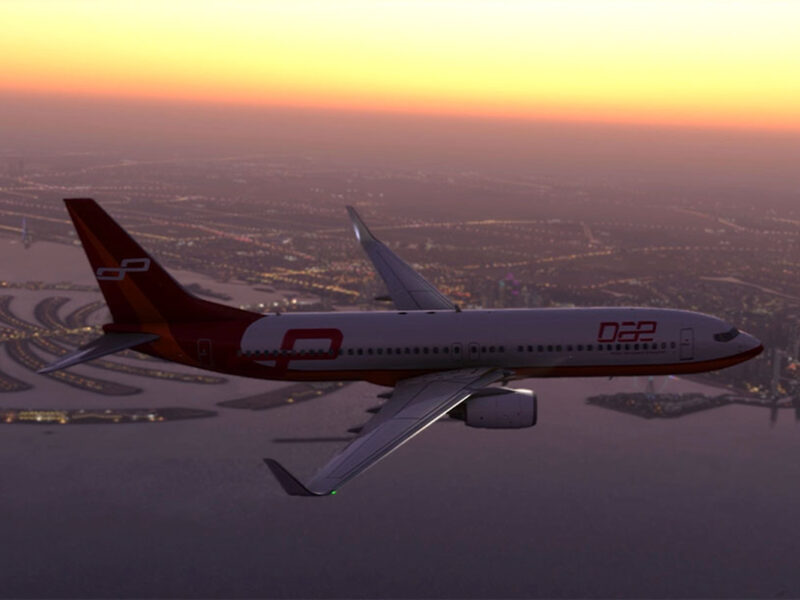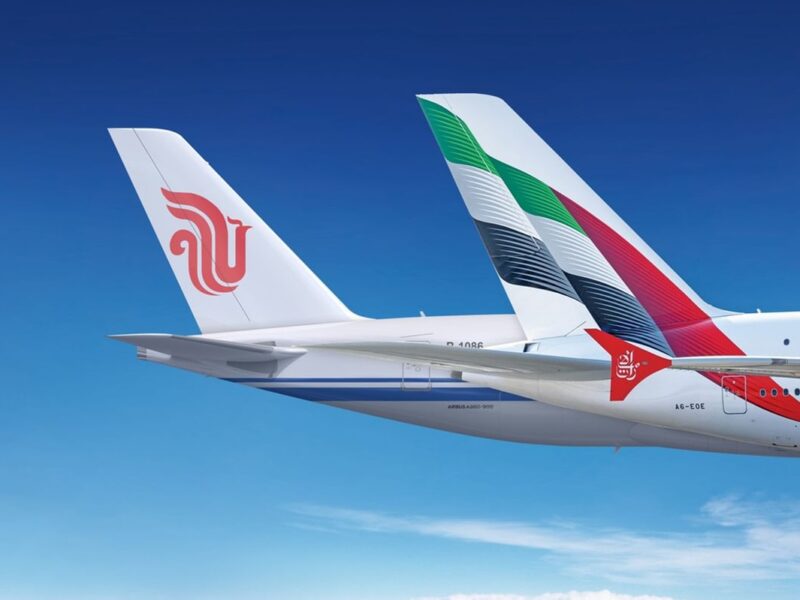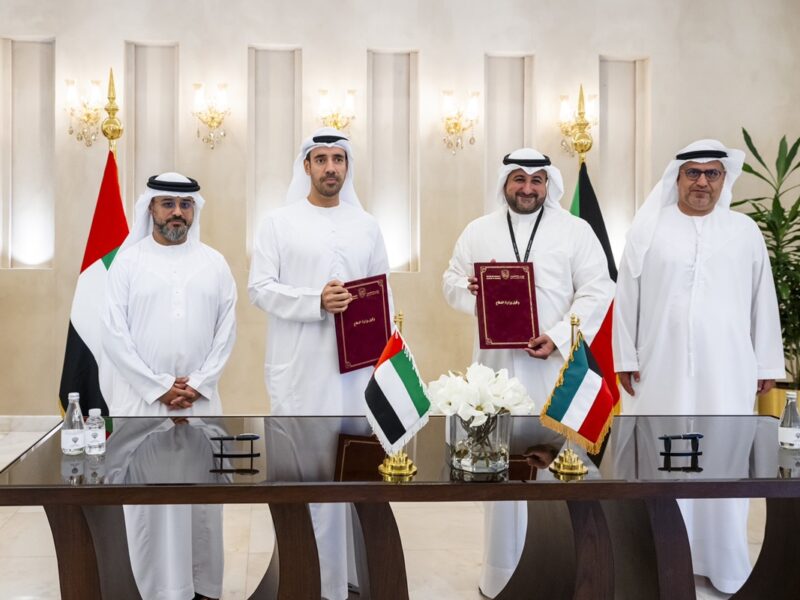Arabian Banking and Finance asks how UpCode looks to bring innovative new mobile solutions to banking.
The data matrix code is a common feature on just about every consumer item and many types of paperwork and documentation to speed up identification, but now a company is planning to use data matrix technology to boost bank’s customer service, deliver new services and give new, more secure channels for mobile banking.
UpCode, headquartered in Vaasa, Finland, is developing code reader and mobile access interaction technology as a flexible means to deliver information to mobile phone users across a wide range of different possible usage models and sectors, but the company sees a particular potential for the banking and financial services industry.
UpCode offers what it describes as a Mobile Access Interaction System (MAI), that works with 2D Data Matrix, QR-code, 1D Barcode (13 and 8 digits) or Colour codes, although the company has a preference for the ECC 200 2D Data Matrix, which supports advanced encoding error checking and correction algorithms(pictured) and is the most intelligent code type available at the moment.
By pointing an Internet-enabled camera phone, with the UpCode software pre-installed, at a compatible UpCode, the phone will automatically read the code and then connect to the Internet as directed. From there, the service can send whatever data or service that has been linked to that code from the creator of the code, be it access to an online banking system, promotional material including video, product information, maps or a whole range of other content.
The system is compatible with most major brands and models of mobile handset, including Symbian, Java, iPhone and BlackBerry. The system is also compatible with mobile phone handsets that don’t have a camera, where the user just enters the numeric code, printed next to the UpCode, into the browser and accesses the services in that way.
The codes can be printed as small as 0.5mm by 0.5mm, called Micro Codes, up to billboard size, or can be displayed on cinema, TV or laptop screens. The codes can be printed using most forms of conventional printing, and can be laser etched. By including them on items like credit cards, ATM cards, cheques or bank statements, or even in advertising and in currency, banks are able to offer a whole new range of interactivity and information delivery to customers.
For the financial sector, Vahid Amiripour, Executive Director Middle East says that there are dozens of different applications, with some very strong potential benefits.
“We believe, calculated by our experts, that UpCode can give 50% less bureaucracy, 50% more efficiency and 50% business increase, and 100% customer service increase. We can be more responsive to the customers, any time, 24hrs, doesn’t matter where you are,” said Amiripour.
Among the potential services for banks are document authentication for verification of documents for both the bank internally and the client; copy protection for important documents and materials; information and services delivery, such as access to CRM data, systems to give customer feedback, loyalty programs, account information; marketing and promotional services to advertise the bank; automatic payments for things like fees, fines and tax payments, plus mobile payments for items like cinema or parking tickets, and mobile ecommerce where customers can purchase from codes displayed on advertising or catalogues. Banks can also tap further revenue streams by acting as providers for automatic mobile payment services for businesses and government departments.
The company, which is doing business in 53 countries worldwide, already has a number of projects with the financial services sector. It its home country, UpCode has enabled a loyalty program for customers using Visa cards issued by Halpa Halli. The Halpa Halli Visa cards include an UpCode, which can be scanned to give real time information on the loyalty program, including store discounts, promotions, and information.
The company has also integrated ordering and payment functions into the card. The UpCode loyalty program operates anywhere, at any time, regardless of mobile phone or where the user is located, to give members on the go information that can be accessed easily on the mobile phone.
Also in Finland, UpCode and Nordea Bank have developed a solution for ordering and paying for tickets. Tickets can be ordered from an UpCode in an advert and paid for using the mobile phone, simply by reading a code and accepting the order. The user gets a ticket code in return for authentication, with no need to issue paper tickets. The system is also being used for bill payments, to help reduce the amount of paperwork involved and reduce errors in data entry, to create a system that UpCode says is error free.
UpCode’s system is also in use by Finnish daily trade magazine Kauppalehti, to give access to up-to-date stock information.
For banking systems, UpCode not only offers much greater convenience for customers who can check account details from their mobiles wherever they are, whenever, but it will also help to reduce the burden on bank’s contact centres.
“In our system we are offering signature authentication, order and pay functions and credit and fund management for banks,” said Amiripour. “Imagine when one code is printed in your ATM or credit card and you will be able to scan that code and you will be connected to your bank and after passing the steps of your bank security and verification, you will be able to check your statement, and manage and make payments, 24/7.
For the banks, we reduced the traffic at the call centre a huge amount, people are using the call centre just to find out when is their payment due, and how much is the payment, or how much is in their account. With the scan, they can see it, without ever having to contact the call centre.”
Amiripour also mentions the security functions of the system, which will help to prevent fraud. By combining payment with a mobile phone, the bank can recognize who, when, and where a payment has been made, which will be especially helpful for users who may be outside of their home country, and would sometimes have difficulty with authorization of card payments.
“We believe it is the most secure way for payment , easy and not complicated compared to other mobile payment through SMS,” he added.
In order to make UpCode technology as ubiquitous as possible – and the company has already pushed it into projects as diverse as being used on drivers licences in Argentina and Brazil, tagging items being sent through the post in Finland, on tourist maps and guides in England, and egovernment in Kuala Lumpur, Malaysia – the end user application is free to download and can easily be set up on most major brands of mobile phone.
The company is also in talks to have the UpCode pre-loaded on handsets to help it spread further. Because the same application is being used worldwide, a user will be able to access UpCode services wherever they are in the world.
“We are trying to distribute this technology as much as possible to make life easy for the banks, and increase their income, and make it easy for customers to use their accounts. Banks need customers spending their money to earn – it increases the business of the bank,” he added.
From the bank’s side of the service, Amiripour says that the application and hardware requirements to set up UpCode services is minimal, with no disruption to the core banking systems. The UpCode solution forms a layer between the bank’s own systems and the customer rather than requiring a great deal of integration between systems. Also, printing of UpCodes can be done without any special equipment, and the solution is not expensive compared to other comparable technology investments Amiripour said.
Another benefit of the solution is the resilience of the UpCodes. While chips on cards can be damaged making them unusable, an UpCode can be damaged or distorted by up to 40% and the reader is still able to accurately interpret it.
The solution is also highly flexible, where the ‘target’ data that is linked to a particular code can be updated by the bank with ease, allowing ongoing campaigns that use the same code but can send to new content.
UpCode’s solutions have already gained industry recognition, winning the Mobile Rules competition in 2008 in San Jose, California, and awarded in European Regional Champions Awards 2008 and Finalist in Global Peer Award 2007 in Barcelona, Spain.
In the Middle East, the company is already negotiating with a number of banks, companies and government organizations, after only beginning promotion of the solution late last year, and Amiripour sees good prospects for the technology. “We believe the Middle East has a very good potential market, because of the size of the population, and the many different banks operating in the region. We believe that we can do good business here, and now it is time to use mobile to make life easy and secure,” he said.









